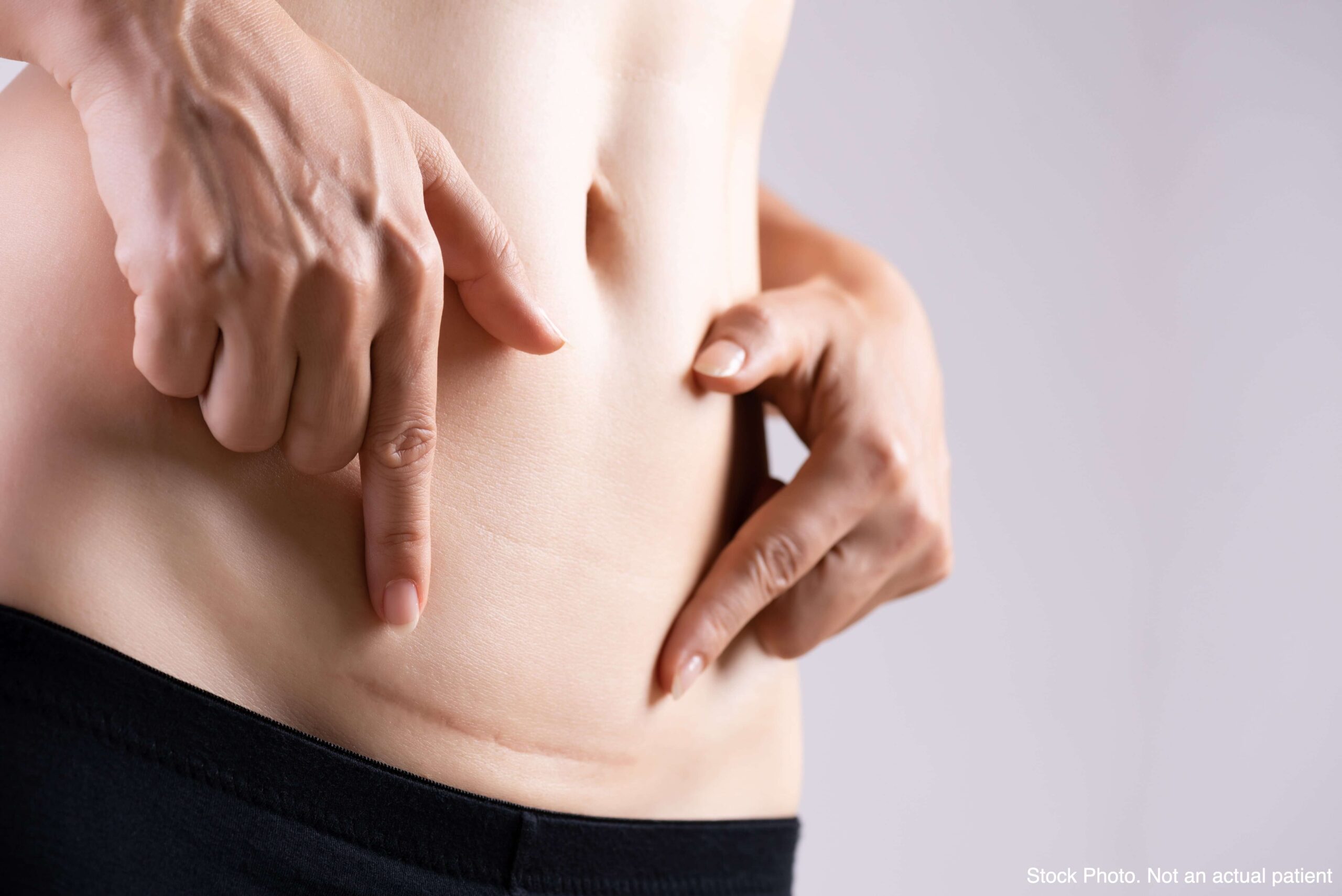
Do you have a scar that you wish would go away? Well, it is possible to at least make it less prominent with scar removal surgery. It may not be possible to remove it completely but you can choose the best treatment available for the type of scar that causes you discomfort.
How scars form during the natural healing process
When your skin is injured or cut, this leaves scars when the area heals. As the skin heals naturally, new tissue grows to fill in the gaps and bring the edges of the wound together. This leaves behind a scar that is mostly made up of collagen. And scars come in all sorts of sizes and shapes. Some you can hardly notice, and others are big and can be itchy or painful. Scars can be ugly depending on where they are on your body and some may even impede movement.
Many scars eventually fade away but if you have a scar that bothers you or causes pain, look into having treatment to lessen its impact on your life.
There are different types of scars and the treatments available. What one suits you best depends on the type of scar you want to treat.
Types of scars
Some of the most common scars include:
- Hypertrophic scars are red and raised and can be itchy and painful.
- Facial scars, including acne, can affect your self-esteem and appearance.
- Keloid scars caused by healing from an injury can be dark red or pink and become firm or thick and maybe painful and itchy. These scars form because of additional collagen under the skin as the wound heals.
- Contracture scars are from losing large areas of skin or from burns. They are usually deep and may restrict movement if the skin tightens when the area heals.
Non-surgical & surgical scar treatments
Developing a scar means you are likely to have it permanently, but there are surgical and non-surgical treatments that can reduce their appearance.
Non-surgical scar treatments
Non-surgical scar treatments include:
- Laser scar removal.Laser scar removal is an effective, non-invasive treatment that is particularly effective for surgical scars. The use of intense light can reduce the shape, colour and size of the scar.
- Dermabrasion is the process of smoothing the top layer of skin. This procedure smooths away the top of a raised scar.
- Chemical peels.A chemical solution is used on the scarred area and removes a layer of skin when peeled back. A chemical peel leaves a smoother layer of skin. You will need several treatments and it works best on surface level scars.
- Creams and ointments.You can buy scar removal ointments and creams over the counter that can help reduce minor scarring.
- Steroid Injections.The use of corticosteroid injections can reduce the size of a scar that sits above your skin so it sits flat on the skin. There are other types of injections such as collagen and dermal fillers that fill in deep areas of a scar.
Surgical options
Surgical options to remove your scar are the most invasive form of treatment and have good results. However, surgery is unlikely to remove your scar completely. At your initial consultation with a specialist plastic surgeon, they will assess your scar and discuss the best surgical option to reduce its appearance. For example, they can take skin from somewhere else on your body to graft over the scar, or it may be possible to make the scar appear thinner, or the best option may be a combination of surgical and non-surgical treatments. .
Overview of potential risks and complications
While surgery is usually safe, there is always the potential for risks and complications. Some of these include:
- An allergic reaction to the anesthetic, or to any of the materials or lotions used to reduce the appearance of your scar.
- Possibly needing further surgery if there are complications.
- There being no or little improvement after surgery.
- The possibility of a haematoma forming under the wound that needs draining.
- Infection or bleeding.
- Pain that may indicate a problem forming.
- A hypertrophic or keloid scar may occur again after having surgery.
Recovery and aftercare
After your surgery you can expect discomfort, discolouration and slight swelling in the area for a couple of weeks.
You can return to work after one or two weeks but it is advisable to avoid strenuous activities such as lifting heavy objects and playing sport for up to six weeks.
While you will notice an immediate change to the appearance of your scar, the expected results of scar removal surgery can take up to 12 months to be fully apparent.
You will have follow up appointments with your specialist plastic surgeon to check on your progress. And if there is any concern about the healing process, they may recommend other skincare treatments to help improve the final outcome.
The results of scar removal surgery hopefully will be long lasting. Just remember, there are no guarantees though you can expect to get good results. Also, depending on the scar, you may need more than one surgery for the best outcome.
If you have a scar that bothers you, make an appointment for an initial consultation with one of the specialist plastic surgeons at Pure Aesthetics today.




